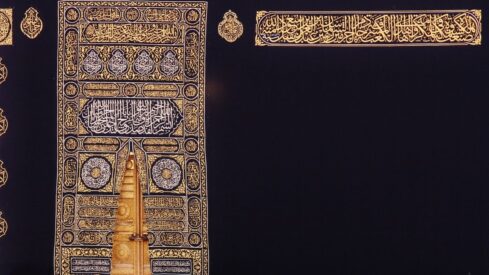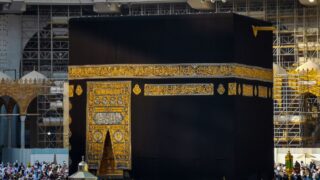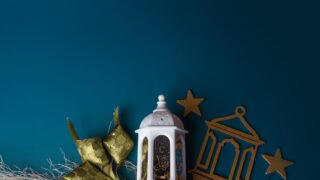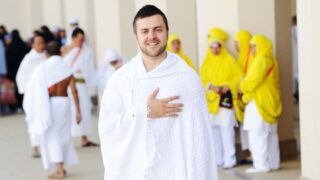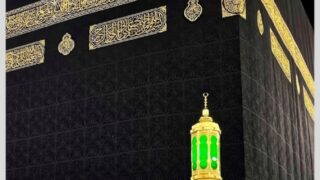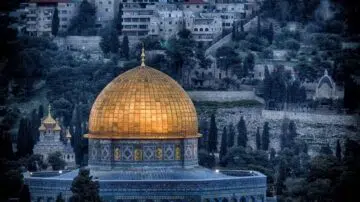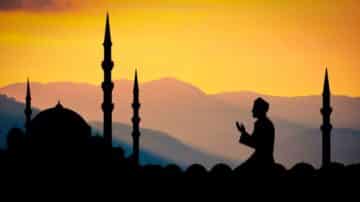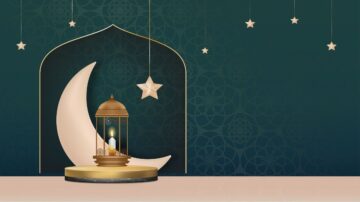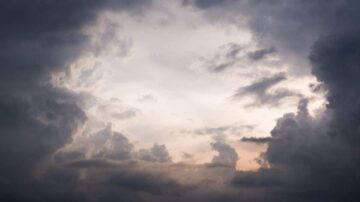The drape or covering of the Kabah, known as the kiswah, has an interesting history through different eras. Some scholars argue that the first kiswah was made by the Prophet Ismail (peace and blessings be upon him). It is mentioned by others that the first kiswah was made by Adnan ibn Ad, a great- great-grandfather of the Prophet Muhammad (peace and blessings be upon him). But most sources agree that Tuba, King of Humayyur in Yemen, was the first to start this tradition. After that, many others draped the Kabah during the pre-Islamic period.
It is told that in the pre-Islam period, Abu Rabiah ibn Amr Al-Makhzoomi was a very rich man, and he said to the Quraysh (the ruling tribe of Makkah) that he would drape the Kabah one year and the Quraysh would drape it in the next year. The Quraysh agreed, and the story says that he continued to drape the Kabah until his death.
The Kiswah in the Time of the Messenger and the Rightly Guided Caliphs
The Messenger (peace and blessings be upon him) and Muslims did not participate in draping the Kabah before the taking of Makkah, as the Quraysh did not allow them to do so. When Makkah was taken, the Prophet (peace and blessing be upon him) left the kiswah as it was until it was burned accidentally when a woman was fumigating the Kabah. The Messenger (peace and blessings be upon him) then draped the Ka`bah with Yemeni cloth. After him, the Rightly Guided Caliphs draped it.
The Kiswah after the Rightly Guided Caliph
Caliph Muawiyah used to dress the Kabah twice a year; then Yazeed ibn Muawiyah, Ibn Az-Zubayr, andAbdul-Malik ibn Marawan all dressed it with a silk covering. At one time, it had become the custom that the old kiswah was not removed, the new one being put on top of the old. This continued until the reign of Mahdi, the Abbasid caliph. When he performed Hajj in 160 a.h., he saw that the accumulated kiswahs could cause damage to the Kabah itself. He therefore decreed that only one kiswah should drape the Kabah at any one time, and this has been observed ever since.
Caliph Al-Ma’moon dressed the Kabah three times a year with a red braced kiswah on 8 Dhul-Hijjah, with white gabati on 1 Rajab, and with red brocade on 29 Ramadan. After that, the Abbasid An-Nasir dressed the Kabah in green. Caliph An-Nasir decided after that to change the color to black, and black it remains to this day.
The variegated drape (sitarah) that is hung on the front side of the Ka`bah was introduced in 810 a.h. Between 816 and 818 a.h., hanging this drape was stopped, then it began again in 819 a.h., and it is still being hung until now.
The Kiswah in the current time
In 1346 A.H./1926 C.E. his Highness King Abd Al-Aziz Al-Saud, with concern for the custody of the Two Holy Mosques, ordered the building of a special factory for manufacturing the kiswah, and in the same year, the Holy Kabah kiswah factory was founded and the first kiswah was produced.
The kiswah continued to be made in Makkah for the next ten years. In order to make this work better, in 1382 a.h. / 1962 C.E. King Faisal ordered the renewal of the kiswah factory, and in 1397 a.h. / 1976 C.E., the new building was opened at Umm Al-Joud.
Description of the Kiswah of the Holy Ka`bah
The kiswah is woven from pure natural silk that is dyed black. The sentences “La ilaha illa Allah; Muhammad Rasul Allah,” “Allahu Jalla Jalaluh,” “Subhan Allah wa bihamdih,” “Subhan Allah Al-`Azhim,” “Ya Hannan,” “Ya Mannan” are embroidered on the black silk in thread of gold. The kiswah is made up of 41 pieces, each 14 meters long and 95 centimeters wide. The wide belt, 45 meters long and 95 centimeters wide, is composed of 16 parts.
Surat Al-Ikhlas from the Qur’an is embroidered in circles with gold thread on the four corners.
These circles are surrounded with squares of Islamic decorations. Under the belt there are also six verses of the Qur’an, each of them inside a separate form.
The drape (sitara) of the Ka`bah door is made of the same black silk material, and it is 6.5 meters high and 3.5 meters wide. The border and drapes are embroidered with silver threads covered with gold. The whole kiswah is lined with a thick material of cotton.

